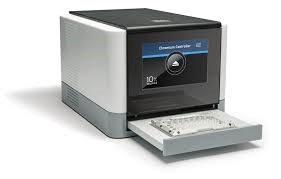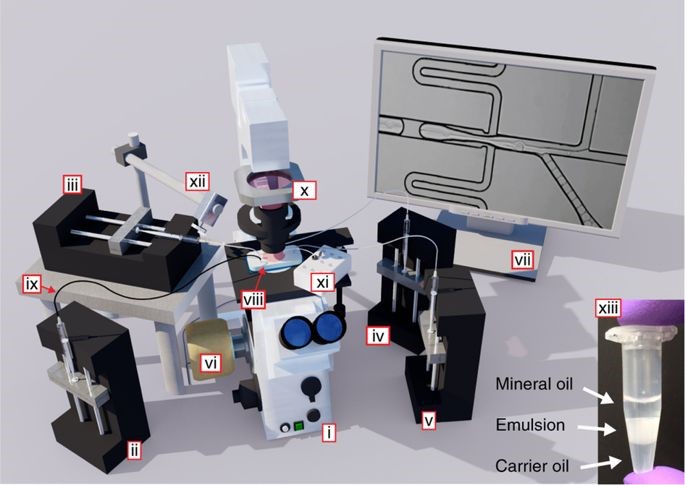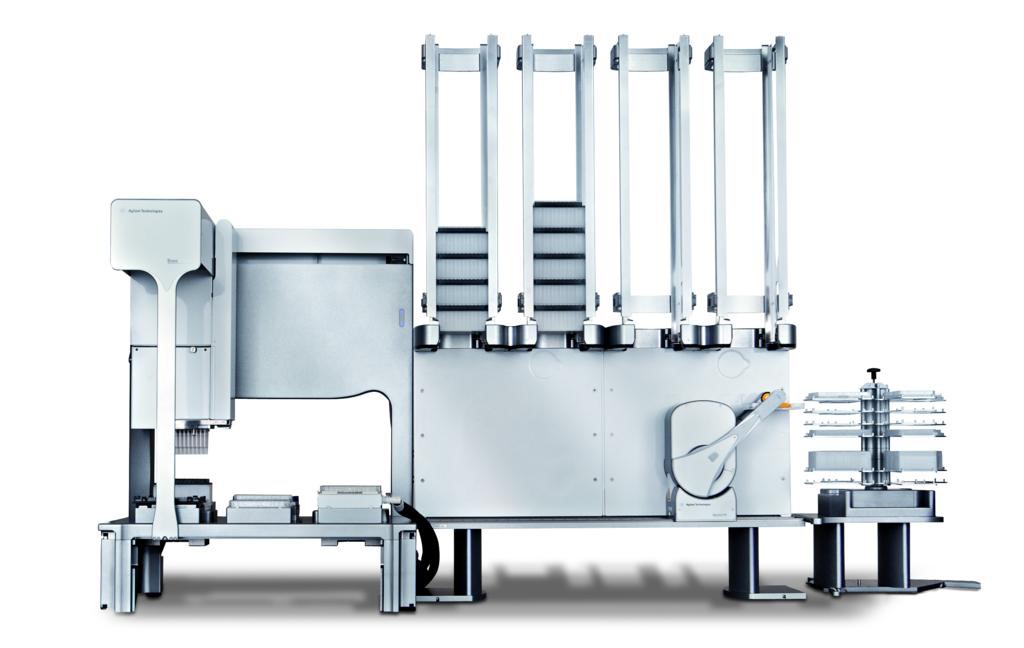The Single Cell Research Initiative (SCRI) has experience with a wide range of tissue sources, and can generate different types of single-cell data using a variety of library preparation platforms.
Single-Cell Library Preparation Platforms
SCRI provides three library preparation platforms for single-cell RNA sequencing.
10x Genomics Chromium
The SCRI workhorse. The Chromium is a droplet-based sequencing library preparation for generating high-quality data, typically from 3,000 to 5,000 cells per sample.

InDrop
The original droplet sequencing technology. The InDrop platform allows highly flexible library preparation for larger numbers of cells or larger cell sizes.

Plate-seq
Plate-seq makes it possible to sequence a small numbers of cells at great depth.

We offer different options for cell number and sequencing depth per sample and typically sequence on an Illumina NovaSeq at the Integrated Genomics Operation core lab.
Sequencing Library Options
There are a number of options for sequencing libraries of cells.
- single-cell RNA-seq (scRNA-seq)
- single-cell T cell receptor sequencing (TCR-seq) — allows targeted TCR recovery in addition to full transcriptome measurement
- single-cell assay for transposase-accessible chromatin (scATAC-seq) — determines open chromatin regions in single cells
- cell hashing — combines multiple samples in one library preparation lane, to reduce costs and batch effects
SCRI is constantly testing new technologies. We will soon offer the following sequencing library options.
- Cellular indexing of transcriptomes and epitopes (CITE-seq) — quantifies levels of multiple surface proteins (antibody-based) in addition to transcriptome measurement
Bioinformatic Support
We provide preprocessed data in the form of count matrices and Jupyter notebooks that enable SCRI users to explore clustered cell types, identify differentially expressed genes, and all other downstream analyses.
Tissues and Cell Types
SCRI generates single-cell data from diverse sources, including cell suspensions from healthy and disease tissue samples collected as clinical resections, core-needle biopsies, and fine-needle aspirates. Below are examples of tissues that we have sequenced.
Suspension cells
Mouse CD8, T-reg niche, T-reg activation and dendritic cells.
Human PBMCs, mucosal associated invariant T cells, AML (acute myelogenous leukemia), APL (acute promyelocytic leukemia), and myeloma cells, as well as lymph node and bone marrow cells.
Tissue-derived cells
Mouse brain (healthy and Alzheimer model) and thymus; lung, pancreas and prostate tumor cells.
Human healthy lung, cerebrospinal fluid, microglia, and radial-glia-like cells; prostate, breast, colorectal, ovarian, kidney, adrenal, and pancreatic tumors, lung primary tumor and metastases, leptomeningeal metastases (cerebrospinal fluid), glioblastoma, peritoneal metastases, and pleural effusion fluid.
Other tissues
Lineage-tracing mice, PDX (patient-derived xenografts), prostate and intestinal organoids, and lymphoma, lung cancer, and other tumor cell lines